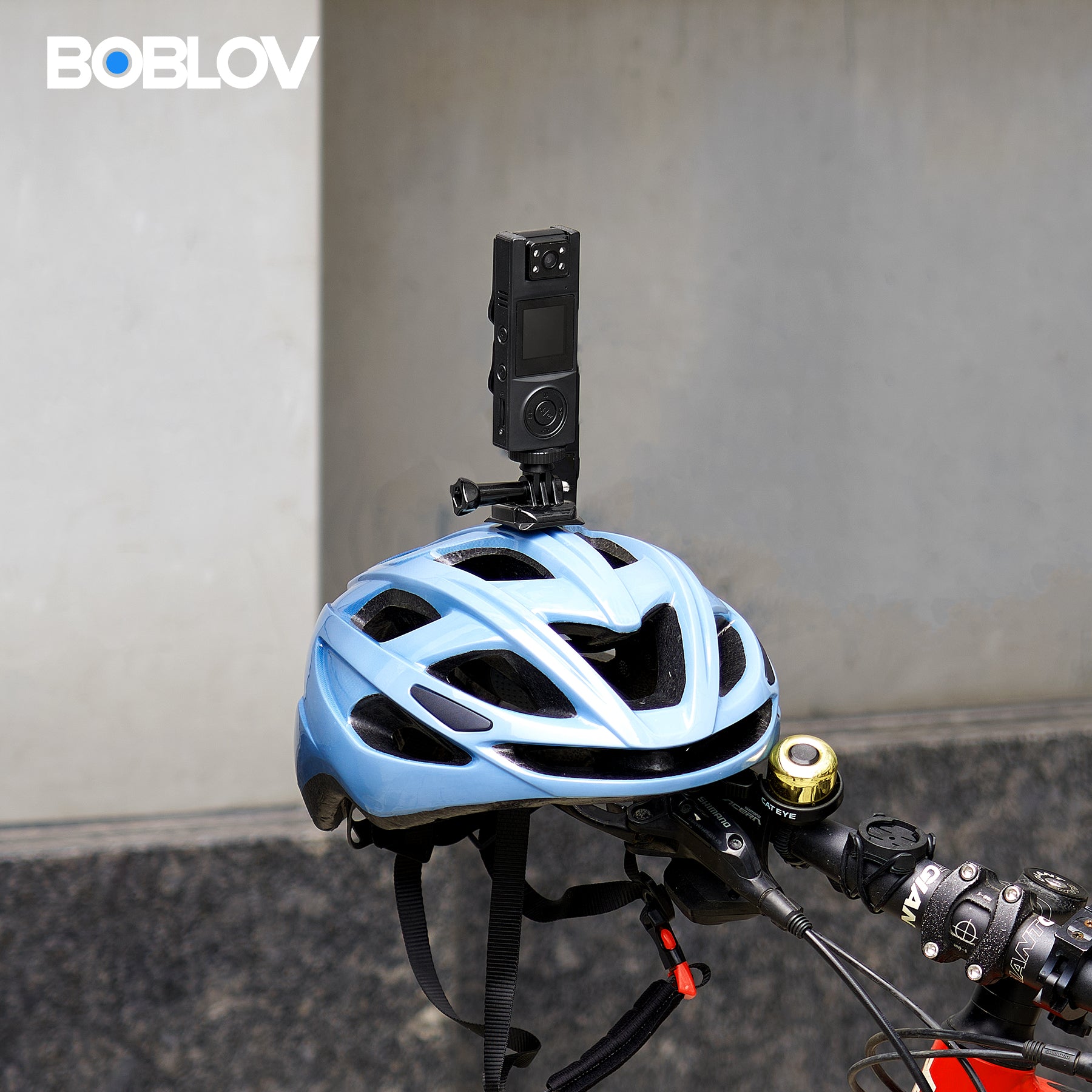The Evolution of Body Cams in Modern Law Enforcement
Historical Perspective: From Inception to Today
Body cams have evolved considerably since they first arrived. Initially, these devices were bulky and impractical for everyday police work. Now, they are a fixture on the uniforms of many officers. Body cams serve not just for recording incidents but also as tools for transparency and accountability. The journey from those early models to today's sophisticated systems reflects both the advancement of technology and the changing demands of law enforcement. The shift towards compact devices like the BOBLOV body camera signifies an era where lightweight, powerful mini cameras are not just desired, but necessary.
Technological Advancements: Revolutionizing the Role of Body Cams
Body cams have changed much due to tech leaps. They now offer clear footage, even in dark spots. Most body cams, like the Boblov or other mini cameras, have features that enhance their use. These include long-lasting batteries and live streaming. They also come in small sizes. This makes them easy to wear without getting in the way. Cops can use them with ease, gaining trust as their work is open for all to see.
Impact on Law Enforcement Practices and Procedures
The advent of body cams has reshaped law enforcement methods. These devices provide a new level of transparency and accountability. As such, procedures have undergone significant changes. Officers now receive training in body cam use. This helps them know when to start or stop recording. It also includes guidance on privacy concerns. Body cam footage has become key in reviewing incidents and handling evidence. This footage is also used for training purposes. Overall, these changes aim to enhance trust between officers and the public.
Analyzing the Regulatory Landscape of Body Cams in the United States
Examining State and Federal Regulations
The regulatory framework for body cams is complex, weaving state and federal laws into a cohesive tapestry. Each state has its own rules for body cam use. They decide when cams should be on or off. They also set rules on who can see the footage. Federal laws, on the other hand, focus on funding. They help police get cams and manage data. But they also set privacy rules to protect citizens. This mix of laws aims to balance safety, privacy, and justice. Yet, it often leads to confusion among law enforcement agencies as they strive to follow every rule.
Privacy Considerations and Legal Implications for Body Cams
The use of body cams raises key privacy issues. Laws differ greatly across states. Courts often weigh in on how footage is used. Some worry about surveillance and data safety. Agencies must balance transparency and privacy rights. Legal guidelines are vital for body cam operations. They ensure fairness and guard against abuse. As tech evolves, so must these laws and practices.
Compliance Challenges for Law Enforcement Agencies
Law enforcement agencies in the United States face a tough task ensuring their body cam programs are in line with a host of regulations. Complex laws at both state and federal levels pose a maze of compliance issues. There's also a need to balance public transparency against personal privacy, which can be a legal tightrope. Many agencies have to wrangle with the cost and logistics of data storage and management. Keeping body cam footage secure yet accessible is a key concern. Agencies must train officers on the proper usage and policies related to body cams. It's a delicate balance of embracing tech benefits while navigating legal hurdles.
Ethical and Technological Challenges and Best Practices
Navigating the Ethical Dimensions of Body Cams in the Field
Body cams are powerful tools for law enforcement. But they raise complex ethical questions. Issues like privacy, consent, and public access to footage are key concerns. Officers must balance transparency with sensitivity to those filmed. Agencies often develop strict policies to guide camera use in the field. Training is also key. Officers learn when and how to use cams in different situations. This training helps manage the ethical issues that arise with body cams.
Addressing Technological Challenges in Body Cam Deployment
Implementing body cams is not without tech hurdles. Equipments must be reliable and easy to use. It is vital to provide clear footage and store data securely. Officers require training to handle these devices. Law enforcement must also ensure software is up-to-date. This aids in the smooth operation of the cams. Data management systems need robust protocols. This keeps evidence safe and accessible. Agencies work to address these challenges to enhance public trust and officer accountability.
Sharing Best Practices and Case Studies from the Front Lines
To harness body cams effectively, police agencies share insights. Key practices have emerged:
- Regular Training: Officers receive training on body cam use and policies.
- Policy Transparency: Agencies make bodycam policies public.
- Data Management: They develop systems to handle video data securely.
- Community Engagement: Agencies involve citizens in body cam discussions.
These steps, along with real-world case studies, help refine body cam use. They ensure that these tools serve justice while respecting rights.




